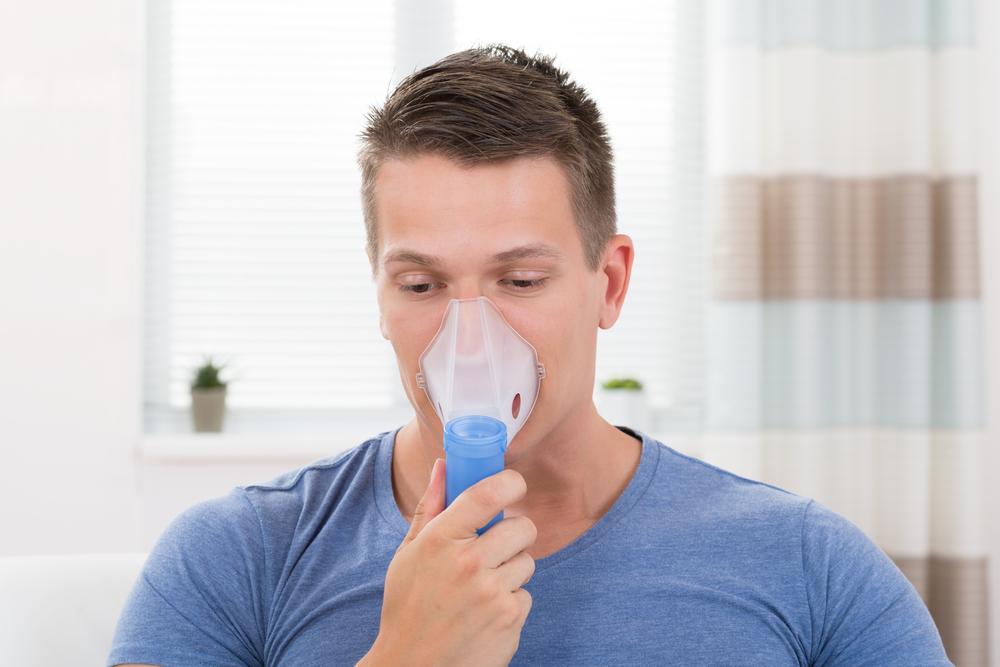Pathology of Chronic Obstructive Pulmonary Disease (COPD)
In a healthy person, oxygen rich air travels through the lungs and enters the bloodstream, providing oxygen to the body. Air enters the body through the nose and mouth then moves into the trachea and bronchial tree, eventually reaching the alveoli. Alveoli are tiny air sacs that resemble balloons; they inflate when you breath in and deflate partly when you breath out. It is in the alveoli that oxygen rich air enters the bloodstream and carbon dioxide air leaves the bloodstream. In COPD patients the oxygen intake and carbon dioxide output is reduced due to narrowed air spaces and injured alveoli in the lungs.

Chronic Bronchitis: will present with narrowed airways, excess mucous, and inflammation. The narrowing of the bronchial tree due to spasm of muscle surrounding the airways and from an increase in mucus secreted by cells lining the air passages. Excess mucous production and loss of ciliary function causes a reduced ability to remove the excess mucous from lungs, which causes plugging of air spaces with mucous. Inflammation of the cells lining the bronchial wall cause airway edema, which leads to narrowing of the airways.
Emphysema: in emphysema there is a destruction of the alveolar walls and the alveoli become less elastic. This cases dysfunction of oxygen and carbon dioxide exchange.
Alveoli dysfunction: the alveoli should inflate like a balloon when you breath in oxygen rich air and and then deflate like an empty balloon when you breath CO2 air. With Emphysema the balloon stays partly inflated due to a narrowing of the pathway in which the air can escape.
Alveoli function: in a normal situation when you breath in, oxygen rich air will fill the avelio and then you breathe out CO2 containing air will leave. When the air is not able to leave the body due to reduced air passages there is CO2 air left in the alveoli. That means then new fresh air coming in will mix with the CO2 leftover air and the person will not have a much oxygen rich air as they would without this condition.
Alveolar destruction: the alveolar walls experience destruction due to an increase in elastase activity (enzymes that destroy elastin, the product that give the balloon its stretchiness and ability to snap back). Think of this as an old worn out balloon.

